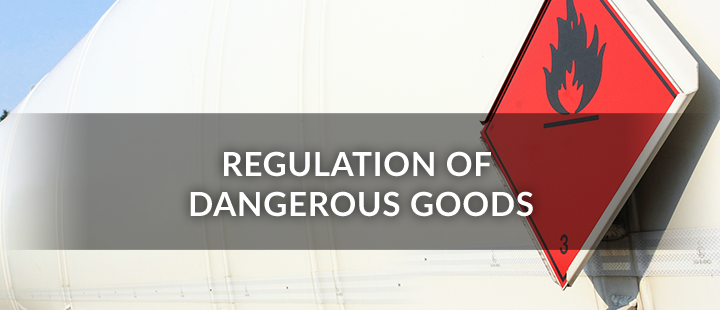Regulation of Dangerous Goods
Main ContentChapter 1.1 Scope and Application
| 1.1.1 | Structure |
| 1.1.1.1 | The Code consists of Parts I to VI. Each part is subdivided into chapters and each chapter into sections and sub-sections. Each paragraph is numbered with the numbers of the part, chapter, section and sub-section, for example, Part II, Chapter 1, Section 5 is numbered “2.1.5”. |
| 1.1.2 |
Scope
|
| 1.1.2.1 |
The Code provides detailed technical specifications and requirements for dangerous goods (DG) specified in Schedule 2 of the Dangerous Goods (Application and Exemption) Regulation 2012 (Cap. 295E) on land in Hong Kong covering:
|
| 1.1.2.2 | The provisions in the Code will be taken into consideration in the enforcement of the Dangerous Goods Ordinance (Cap. 295), and its subsidiary legislation. The details of the legislation can be found on Hong Kong e-Legislation website at: https://www.elegislation.gov.hk. |
| 1.1.3 |
Application
|
| 1.1.3.1 |
Where there is any conflict between the Dangerous Goods Ordinance and its subsidiary legislation and the provisions of the Code, the Ordinance and its subsidiary legislation take precedence.
|
| 1.1.3.2 |
Where the application of a standard is required and there is any conflict between the standard and the provisions of the Code, the Code takes precedence.
|
| 1.1.3.3 |
Regarding the classification of DG, reference has been made to the International Maritime Dangerous Goods Code (IMDG Code) for aligning with international DG classification. However, not all the chemicals or substances which are classified as DG under IMDG Code are regulated by the Fire Services Department (FSD). Generally, the following listed chemical types or substances are not subject to the regulation of FSD under the Dangerous Goods Ordinance:
|
| 1.1.3.4 | As the list in 1.1.3.3 is not exhaustive, further reference shall be made to the Schedule 2 of Cap. 295E for clarifications. |
| 1.1.4 |
Discretionary Powers of the Director of Fire Services
|
| 1.1.4.1 | Compliance with the prescriptive provisions in the Code may be regarded as a reliable way to satisfy the requirements of the Dangerous Goods Ordinance and its subsidiary legislation. However, due to the rapid technological development around the world, the Director of Fire Services may, in the case of any particular DG, vary any of the requirements of the Code (whether by adding to the Code, substituting its provisions, relaxing any of the requirements in the Code or otherwise) where, in his opinion, such a variation is required. |


